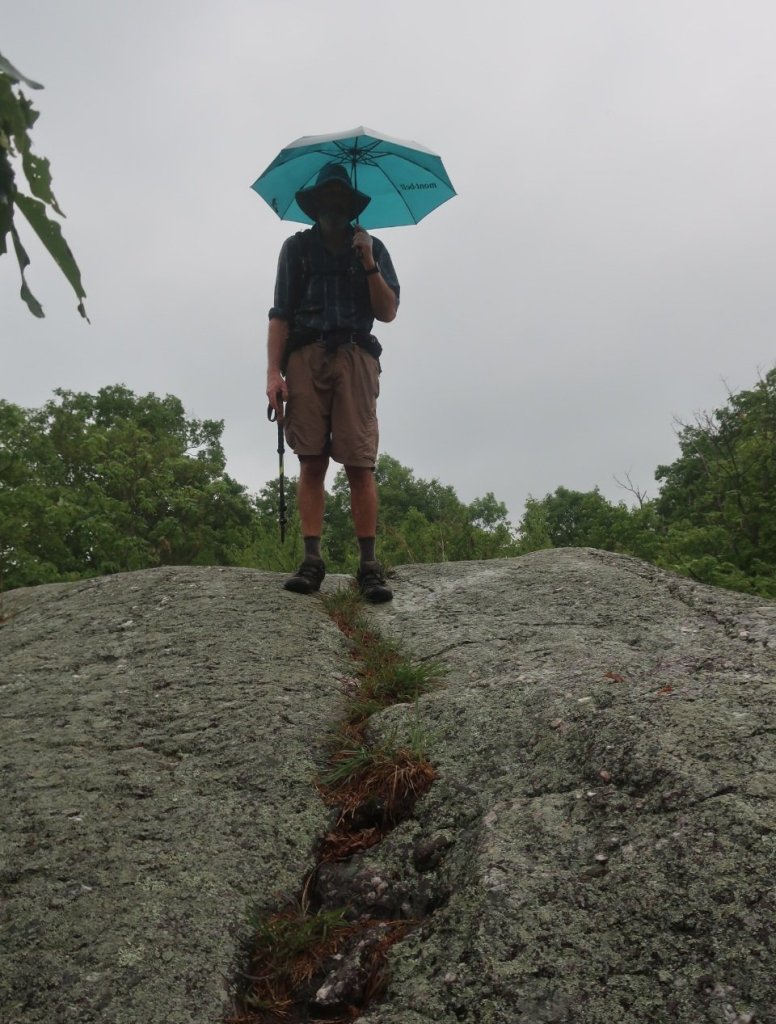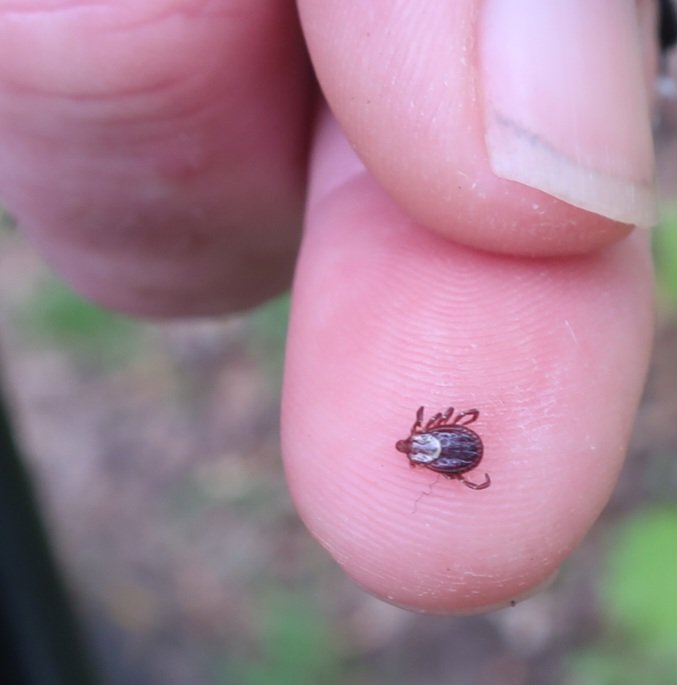HAMMERS REFLECTION ON NY & CT
New York State (88 Miles)
New York State welcolmed us with a fierce storm as soon as we crossed the border from New Jersey. It was somewhat scary as the lightning and thunder were within a second of each other. We were on an exposed rocky ridge which was slippery. It was like skating on ice while fireworks went on above. We dropped off the ridge, into thorny brambles to wait for the storm to move off a little and got hit with two wind gusts that felt like they would knock you over.
The storm slowly moved off, we scampered up on the ridge to find either that the cell of the storm returned or another cell had located itself overhead. We simple had to make forward progress to get off the ridge and down lower into the woods. Somehow this storm felt more terrifying than the Colorado thunderstorms at 12,000 feet that we experienced on the CDT.



This got me thinking about weather predictions and the trust we put in such predictions. Early in the hike we had weather reports which were pretty much spot on. We could plan our start and finish times around rain predictions. We expected that this prediction would be similar. It was predicted to be light showers till 2pm and then clearing. We calculated that we would not reach the exposed section on the ridge till well after two and so would be fine. Not only was it not light rain but it was a severe thunderstorm right on top of us which did not ease up till past midnight.
It was a memorable introduction to the AT through New York. Corky was a little bit traumatized by this experience. Any mention of ledges and rain/thunderstorms occurring together makes her very nervous.
CONNECTICUT (51 miles)
I had been concerned about Connecticut reputation for abundant ticks. Although we encounter ticks quite regularly at home due mainly to bandicoots and possums which are carriers of ticks and frequent visitors to our garden. I’ve probably had as many as 200 tick attachments over my lifetime, one resulting in anaphylactic reaction. I now carry a noradrenaline EpiPen as a precaution. I am also part of a Troublesome Tick Research Program, an investigation into lyme-like disease carried by ticks in Australia. At present Lyme’s disease is not recognised in Australia but some people have shown lyme like symptoms. The Alpha-Gal syndrome is found in Australia, where a tick bite leads to a mammalian protein allergy.


Connecticut is considered one of the worst states for ticks and the associated Lymes Disease. In fact the town of Lyme is in Conneticut. Lymes disease was discovered by an observant GP who noticed a large number of children suffering juvenile arthritis and other vague symptoms which he traced back to ticks and eventually the Borealis bacteria.
Hiking on the AT so far I have found about 10 ticks crawling on our legs, tent and backpack. I’ve had only that managed to attach to skin. From a podcast I listened to, it seems the tick finds a spot it likes and then uses a serated knife like part in its proboscis to puncture the skin. It places its proboscis into the punctured capillary and releases anti-histamines and anticoagulants to help evade the immune reponse and to stop the blood from clotting. It then cements the proboscis in place. So there is about a 24hr period when the chances of catching Lyme disease is relatively low. This is why checking for ticks regularly is so important. In my case it must have been a recent attachment as it was removed easily. Corky also had two nymphs ticks attach to her legs. While I strongly dislike ticks, I do admire their evolutionary ingenuity.



There have been a number of hikers diagnosed with Lymes disease while on trail. Providing they can get to a doctor and get the right antibiotic (Doxycycline) they tend to make a full recovery and are back on trail in a matter of days.
Nasty creatures, aren’t they? And I just read an article in today’s New York Times about the problem with bears in Connecticut. Apparently they are a huge problem in the New England states. If it’s not one thing, it’s another!
LikeLike
The ticks are worse then bears. Yes we saw the story about the bears in Connecticut as well. Hard to believe there are that many bears in NE.
LikeLike